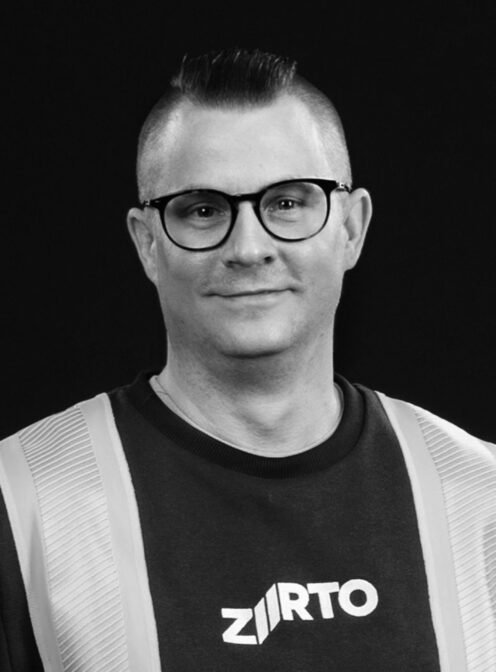Blog

Job research help with processes
Customer case: Tangled work and disagreements
Our client had about twenty more or less tangled processes and the team spirit was described as bad. At the beginning of the process, we knew roughly what we were going to do, but we didn’t know how long the processes would take or how much resources we would need.
We noted that job research would be the most appropriate analytics tool for this case. We also wanted to find out if any part of the process is one where materials or energy are wasted.
Deeper than the surface
We started the job research on their product reception process as it was the first part of the warehousing process as usual. Reception is a process that deserves to be studied with emphasis – the success (or failure!) of reception affects every step that follows.
It took a couple of weeks to research and analyze this process, because although the process itself was easy, there were many work steps within it. The research method used was MOST-series of movement analysis and observational research method. We studies each individual word step and observed how many disturbances, interruptions and expectations there are during the average working day.
Next, the stock transfer and shelving processes as well as the collection, packaging and shipping processes were studied. During the study, the working hours, ergonomic challenges and process bottlenecks typical of these processes were investigated.
The study revealed that the storage of the products was not optimal (according to the results of the ABC analysis produced). It was also found that the location and ergonomics of the workstations reduced productivity and safety.
By increasing the efficiency of storage, a higher load factor for transport vehicles could be achieved and thus reduce the carbon footprint of the entire operation.
Who fixes the errors?
After the work research, we started a process and method development project, during which the identified problem areas were corrected and, among other things, a new floor plan of the warehouse was created. The new placement streamlined operations and was less burdensome for employees.
Although the findings are also generally positive for employees, job research can cause people uncertainty and even fear. Habits and work are dismantled by a stranger. Therefore, transparency about what is done, how it is done and why it is done is essential for the success of the project.
Mutual trust engages employees in the project, giving them access to (often quite comprehensive) tacit information related to the job. Thus, in this case, too, the employees and their foreman were involved in the project. After a little hesitation at first, they were very enthusiastic about the project.
Overall, the project was a success and achieved many benefits from the perspective of both the company and its employees.
Profitability increased by 12%, sick leave decreased as ergonomics improved and workload decreased, and occupancy of trucks increased.
So, the focus was on doing the right things, at the right time and with the right amount of resources.
Do you need an outside perspective on organizing work methods?
Contacts us – let’s see if we could utilize job research in your company.


